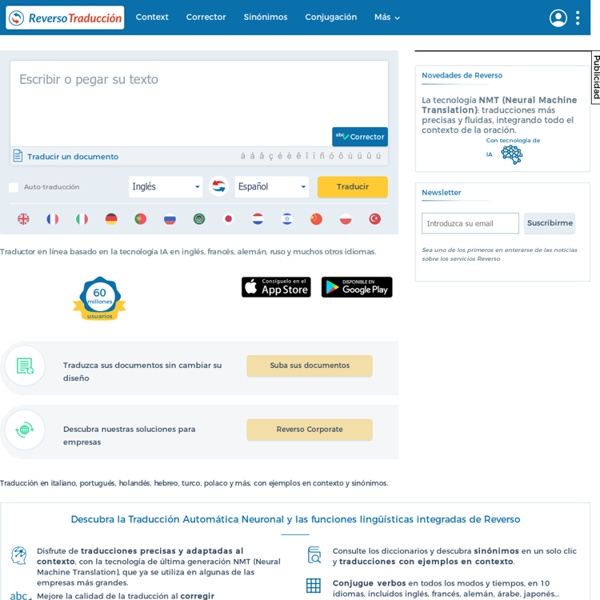



Street-Smart Language Learning™ Vocabularies AAT is a thesaurus containing generic terms, dates, relationships, sources, and notes for work types, roles, materials, styles, cultures, techniques, and other concepts related to art, architecture, and other cultural heritage (e.g., amphora, oil paint, olieverf, acetolysis, sintering, orthographic drawings, Olmeca, Rinascimento, Buddhism, watercolors, asa-no-ha-toji, sralais). CONA compiles titles/names and other metadata for works of art, architecture, and other cultural works, current and historical, documented as items or in groups, whether works are extant, destroyed, or never built; in development, may be used to record works depicted in visual surrogates and for other purposes (e.g., Florentine Codex, Codice Fiorentino, Guernica, Girl with a Pearl Earring, Chayasomesvara Temple, Hagia Sofia, The Great Wave, Kanagawa oki nami ura, Le déjeuner sur l'herbe, Venus de Milo).
Foreign Language Mastery | Tips, Tools & Tech for Learning Any Foreign Language Quickly, Cheaply, and On Your Own Vitruvio Vitruvio URI: Autor: Red Vitruvio Cursos Gratis On-line Tesauro de la UNESCO - términos en inglés, francés, español y ruso. El Tesauro de la UNESCO es una lista controlada y estructurada de términos para el análisis temático y la búsqueda de documentos y publicaciones en los campos de la educación, cultura, ciencias naturales, ciencias sociales y humanas, comunicación e información. Continuamente ampliada y actualizada, su terminología multidisciplinaria refleja la evolución de los programas y actividades de la Organización. El Tesauro contiene 7,000 términos en inglés y en ruso, y 8,600 en francés y en español. Lista alfabética Escriba las primeras letras y pulse 'Buscar' para la lista alfabética 'Indice' para la lista permutada Lista temática Lista de siete temas principales, y sus respectivos microtesauros los cuales reagrupan los términos de acuerdo al tema escogido.Usted puede consultar directamente el catálogo en línea a partir del tesauro.
Learn Mandarin Chinese - Mandarin Chinese Language Lessons - Learn to Speak Mandarin Chinese Academie française Dans le cadre du projet de base de données du Dictionnaire de l'Académie française, sous la direction de R. Wooldridge et I. Leroy-Turcan, le Projet ARTFL, de l'Université de Chicago et le Laboratoire de Traitement Automatique de la Langue Française du CNRS, collabore à la saisie des données, à la mise en forme éditoriale exigée et au développement des moteurs de recherche sur plusieurs éditions du Dictionnaire de l'Académie française. Plusieurs éditions sont disponibles : La 1ère Édition, 1694 La 4ème Édition, 1762 La 5ème Édition, 1798 La 6ème Édition, 1835 La 8ème Édition, (1932-1935) La 9ème Édition Nous invitons toutes les personnes intéressées à utiliser ces dictionnaires.
Juggling languages can build better brains Once likened to a confusing tower of Babel, speaking more than one language can actually bolster brain function by serving as a mental gymnasium, according to researchers. Recent research indicates that bilingual speakers can outperform monolinguals--people who speak only one language--in certain mental abilities, such as editing out irrelevant information and focusing on important information, said Judith Kroll, Distinguished Professor of Psychology, Penn State. These skills make bilinguals better at prioritizing tasks and working on multiple projects at one time. "We would probably refer to most of these cognitive advantages as multi-tasking," said Kroll, director of the Center for Language Science. "Bilinguals seem to be better at this type of perspective taking." Kroll said that these findings counter previous conclusions that bilingualism hindered cognitive development. This language selection, or code switching, is a form of mental exercise, according to Kroll.
Stroke order Basic principles[edit] Chinese characters are basically logograms constructed with strokes. Over the millennia a set of generally agreed rules have been developed by custom. The Eight Principles of Yong (永字八法 Pinyin: yǒngzì bā fǎ; Japanese: eiji happō; Korean: 영자팔법, yeongjapalbeop, yŏngjap'albŏp) uses the single character 永, meaning "eternity", to teach eight of the most basic strokes in Regular Script. Stroke order per style[edit] Jiǎgǔwén Jīnwén Dàzhuàn Xiǎozhuàn Lìshū Cǎoshū Xíngshū Kǎishū (trad.) Kǎishū (simp.) Ancient China[edit] In ancient China, the Jiǎgǔwén characters carved on ox scapula and tortoise plastrons showed no indication of stroke order. Imperial China[edit] In early Imperial China, the common script was the Xiaozhuan style. The true starting point of stroke order is the Lìshū style (clerical script) which is more regularized, and in some ways similar to modern text. Cursive styles and hand-written styles[edit] Stroke order per polity[edit] Alternative stroke orders[edit] 1. 2. 3.